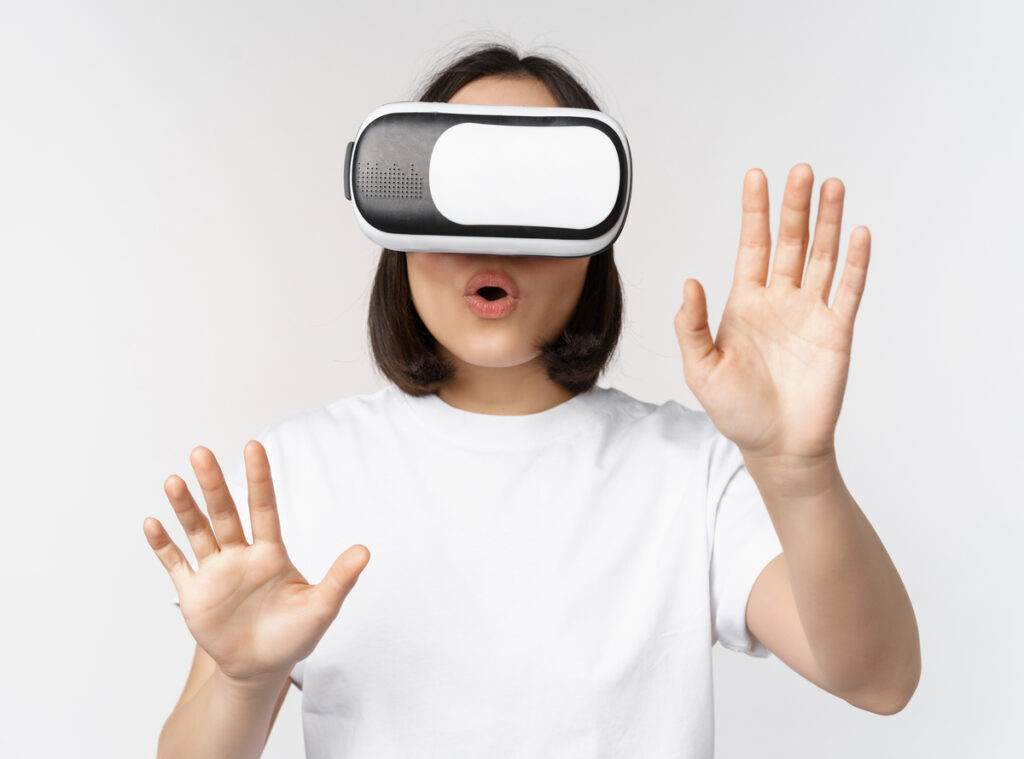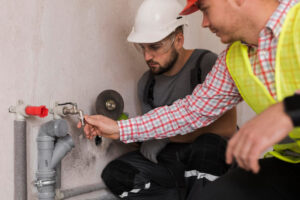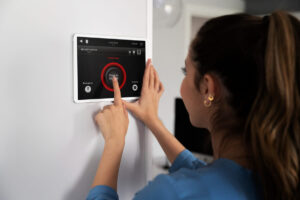Exclusive Neuroject Article: Imagine walking into your office, and instead of being greeted by the usual white walls and cubicles, you find yourself surrounded by a virtual world of limitless possibilities. With the emergence of augmented reality (AR), this once-distant concept is rapidly becoming a reality in the world of management. AR for Facility Management offers a new dimension to how we perceive and interact with information, transforming the way managers make decisions, train employees, and foster innovation within their organizations.
It has become clear that AR for Facility Management is a revolutionary technology that not only engages our senses but also has a significant impact on how we work, live, and perceive the world. AR has the potential to transform industries and alter how people connect with one another by seamlessly fusing digital and physical aspects.
We can open up doors to countless possibilities and usher in a new era of creativity. Prepare yourself for an adventure into the world of AR for Facility Management, where its essential value will transform our present and influence our bright future. In this article, we will explore the fascinating implications of augmented reality in management and how it is reshaping the future of work.
Table of Contents
Introduction to AR for Facility Management
Buildings and civil infrastructure require facility management (FM) because unsafe conditions or unexpected flaws may get worse and have severe effects. To assist in making decisions and analyzing building conditions, FM relies on pertinent building information such as equipment specs, materials, and spatial arrangement. A difficult, time-consuming, and clumsy aspect of traditional FM practice is manually obtaining data from paper-based documentation or drawings. Mobile decision-aid applications have emerged as a result of the rapid growth of building information models (BIM). These programs still have drawbacks, though, such as poor intuitiveness.
A key technology in the industry, augmented reality (AR) is being quickly embraced by facility managers. AR for Facility Management connects cyberspace with the physical world by superimposing virtual content onto real-world videos or photos. The approach of AR requires no initialization or pre-calibration, and a prototype mobile application is developed to enable AR-based FM. Field experiments of AR for Facility Management show actional information retrieval from BIM for instant decision-making. AR for Facility Management registration involves spatial registration, which can align virtual and real-world positions.
However, existing AR solutions require significant efforts in deploying and maintaining markers in buildings. Other AR for Facility Management registration approaches use external signal emission/removal infrastructure, which may not always be available and require additional time and effort for installation and maintenance. This study presents a marker-less image-to-BIM registration approach, utilizing generative adversarial networks (GAN) to address the cross-domain gap between virtual and real contents. One in five professionals working in facilities management already utilize AR, and 75% of those don’t intend to do so in the upcoming 12 months.
In order to sustain high performance as equipment and components deteriorate over time, effective facility management is essential. Building management tasks like discovering components and reporting current system conditions are made simpler by the availability of accurate technical information. As businesses grow internationally, augmented reality technology enables employees who are not physically there to interact and share information in real time.
With 43% of Americans working from home, AR for Facility Management has the potential to completely change the workplace by bringing digital things into the real world. With 67% of businesses considering doing so, it has transformed from a lab experiment to a mainstay in popular culture, entertainment, and the media. Regardless of their location, businesses may instantaneously connect with specialized expertise, which might drastically alter office relationships and processes.
Resonai is an AI and computer vision company, conducting studies of senior facilities managers in corporate, retail, hospital, and other contexts. The “The State of Augmented Reality in Facilities Management” report, which was just published by AI and computer vision company Resonai, demonstrates how AR has grown beyond gaming, entertainment, and consumer applications to enable a variety of use cases for property management experts.
Suggested article for reading: Augmented Reality in Construction
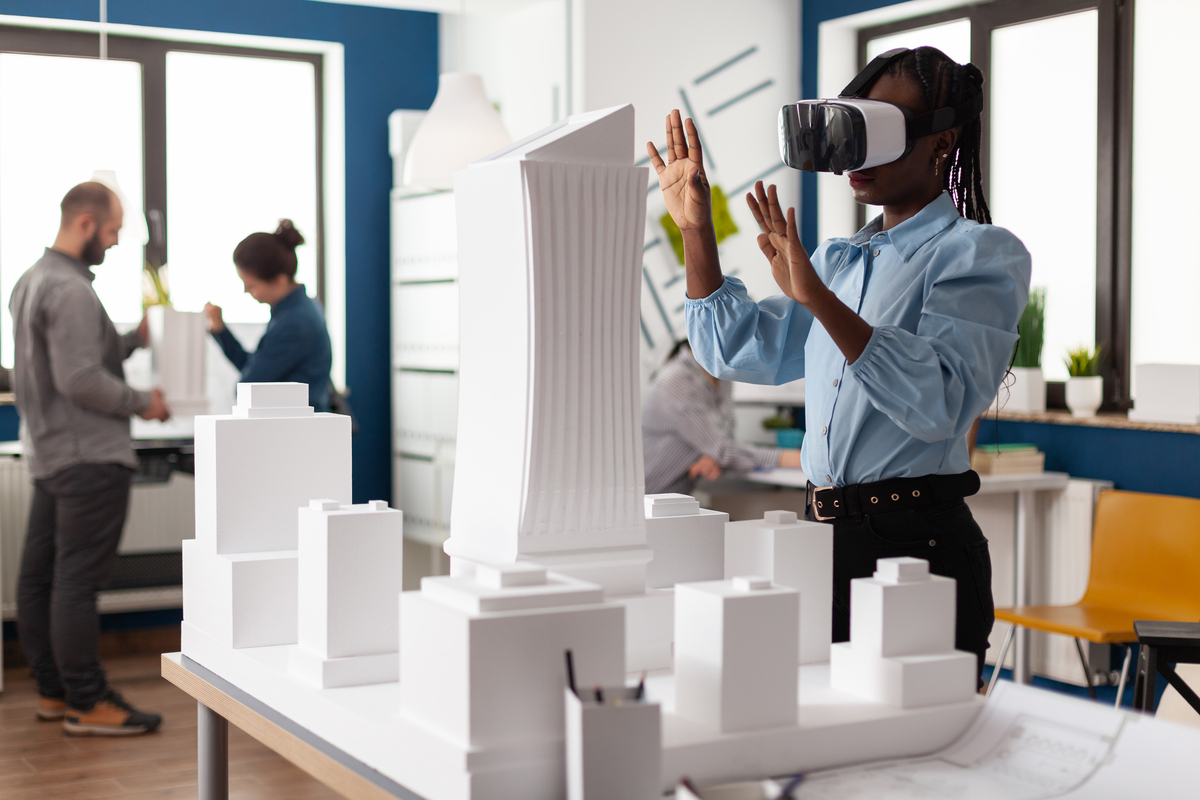
The Latest Standard for Facilities Management Is AR
Facilities management has experienced significant digital transformation in recent years, with tools like CAFM, BIM, and property maintenance software platforms evolving to support professionals. In 2021, AR for Facility Management is emerging as the next step in digital opportunities, enabling facility managers and technicians to improve development planning, real-time reporting, and daily maintenance. AR for Facility Management can build on existing digital tools’ capabilities, making it more effective for facility managers. A survey of senior facility management executives across multiple industries surveyed their perspectives on AR and its potential future applications.
Senior facilities managers in healthcare, business, retail, and other contexts were questioned for the 2021 State of AR for Facility Management research by AI and computer vision company Resonai, emphasizing the expanding applications of augmented reality, such as marketing, and more. Reduced physical interaction and the automation of maintenance procedures are two advantages that COVID-19 has had on the expedite of the adoption of AR technology. Early adopters are more likely to profit from AR for Facility Management during pandemic-related constraints, including hospitals, medical facilities, manufacturing facilities, educational facilities, and business offices.
To point out some of these uses we can talk about adding visual clues to mechanical machinery, electrical installations, and other systems as a possible application of augmented reality:
- It is impossible to measure conductor current and component temperatures using only human vision. But AR headgear can show these numbers.
- Additionally, by using AR for Facility Management to identify the parts involved in a particular maintenance activity, human error is less likely. When working in congested areas like mechanical and electrical rooms, this is extremely helpful.
- Another benefit of AR for Facility Management is that technical paperwork is not essential to carry around because the information can be displayed on headgear. Additionally, this allows technicians to focus more clearly and frees up both hands for the appropriate work.
- In addition to components that are embedded in walls and floors, AR for Facility Management can also display components that are concealed behind furniture or ceilings.
- Cost, on the other hand, despite all the discussed uses continues to be a major roadblock to AR for Facility Management adoption, according to 40% of facility managers. The barrier will probably decrease as more customized AR solutions become available, showing that AR is developing into a valuable tool in a variety of contexts.
Suggested article for reading: BIM in Construction

AR-Assisted Facility Management
As explained above, AR for Facility Management is crucial for ensuring the operation of buildings and infrastructure. Traditional methods involve retrieving building information from paper-based design documents, but BIM has made it easier to access this information via mobile devices. AR can align virtual objects and their information with real scenarios captured by cameras.
Research has shown the feasibility of incorporating AR for Facility Management for better efficiency and productivity. Some studies have integrated AR and BIM for facility maintenance, fire safety equipment maintenance, and indoor localization algorithms. However, existing BIM registration systems often rely on external signal infrastructure or manual operation.
This article explores the integration of marker vision-based camera pose estimation in AR applications to support FM. A cross-domain spatial registration gap between virtual models without texture and real-life scenarios can be bridged using style transfer based on generative adversarial networks (GAN).
According to survey findings, 20% of respondents who work in all industries, even those outside of normal industry verticals, already use AR technology at work. Hospitals and medical facilities, which have a 30% adoption rate, have used AR for Facility Management more than other types of properties, which are followed by manufacturing facilities (26% adoption), educational facilities (25%), and corporate offices (23%).
Simplifying Work with Augmented Reality
Engineers may now view physical processes like heat transfer and electric current thanks to the growing use of augmented reality (AR) technology in mechanical and electrical installations. AR headwear can recognize and show component temperatures, which reduces human mistakes and makes it effective in busy environments. Additionally, it reduces the need for professionals to carry out technical documents, allowing them to focus more clearly. AR can reveal components that are concealed behind walls, ceilings, and other objects.
AR systems need to have access to current data, such as sensors and Building Information Modelling (BIM), in order to be helpful. Systems can monitor the state of a building and update themselves with information from inspections and upkeep. By giving clear instructions and a potent tool for locating components before visiting places, BIM facilitates maintenance planning. Let’s talk about some of the other simplified tasks thanks to AR.
Using Augmented Reality for Safety
By increasing a worker’s awareness of potential hazards and improving information collection using human senses, augmented reality makes work easier. It can be used to signal dangers like hot surfaces and high-voltage parts. Additionally, AR for Facility Management can aid maintenance teams in completing chores more quickly while also safeguarding personnel. The use of AR technologies can help facility managers complete jobs more quickly and make system changes while maintaining worker safety.
Suggested article for reading: Construction Safety
The Future of Facilities will be Shaped by Augmented Reality
With 67% of businesses considering doing so, augmented reality has emerged as a prominent tool in popular culture, entertainment, and the media. It enables businesses to instantaneously connect with specialized experts, regardless of their location, and might fundamentally alter office relationships and processes. As demonstrated by a Siemens employee who learned how to install a gas hob in just 45 minutes, augmented reality can also make training staff for new positions easier.
Facebook Spaces, a virtual reality meeting place that offers a genuine sensation of presence with friends anywhere in the world, was announced by CEO Mark Zuckerberg. Using augmented reality, high-level executives may feel connected and cooperative amid PR crises, bandmates could practice together, and other team-oriented, high-stakes occupations could learn to work together under duress.
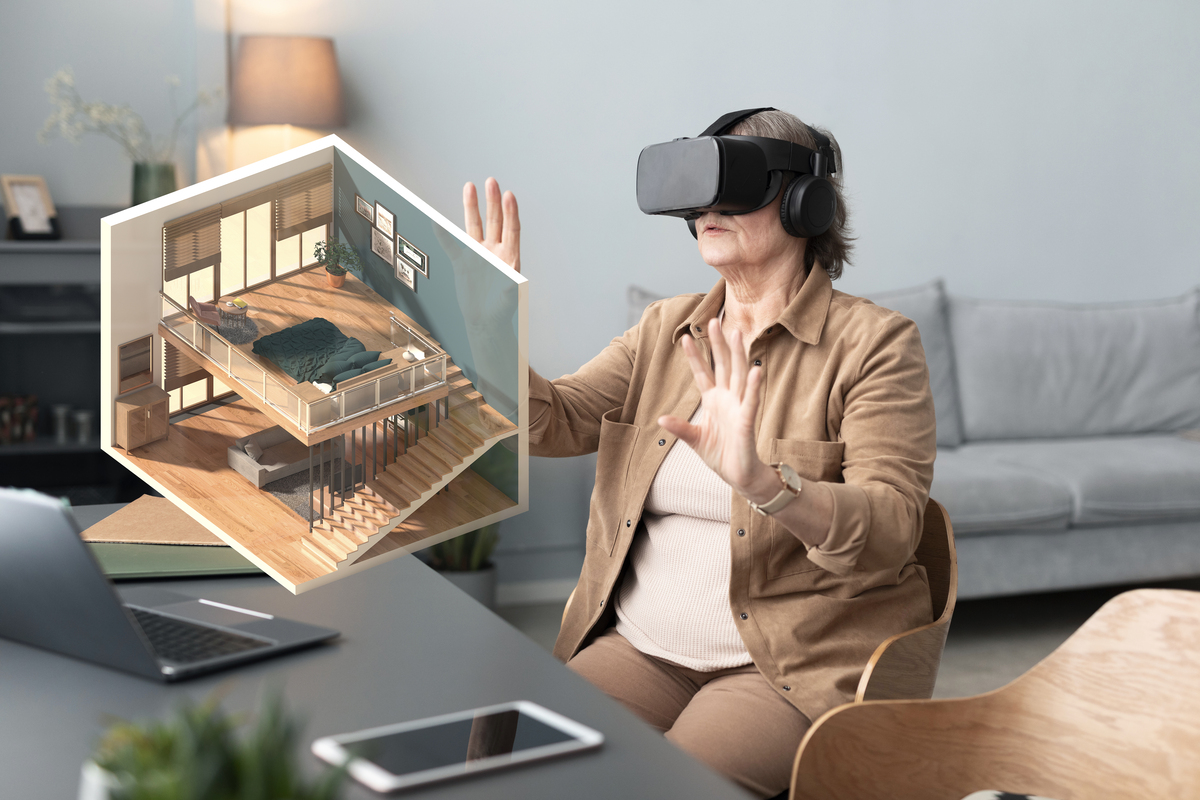
The Increasing Use Of AR In Facilities Management
With firms like Resonai emphasizing its potential in facilities management, augmented reality (AR) has attracted a lot of attention recently. The usage of AR for Facility Management in property management is expanding, easing building operations, automating maintenance and repair processes, and enabling health and safety regulations, according to the company’s “The State of Augmented Reality in Facilities Management” report.
In order to understand how AR for Facility Management is affecting the company and which industries are already embracing the technology, Resonai polled 76 senior facilities management directors and executives from 11 different industries in the United States and Europe. Due to COVID-19, social isolation is becoming increasingly important, thus employers must put employee health and safety first. AR can lower costs while delivering more cost-effective solutions.
The delayed adoption of AR is due to facility managers’ perception that technology is too expensive to acquire and set up. 38% of survey participants also mentioned that their organizations lacked internal positions to manage AR solutions. Despite growing slowly, AR for Facility Management is always getting better. In the construction industry, according to SPAR 3D, augmented reality (AR) is more than just a fad, as it aids in training and lowers real-world hazards. Now let’s explore some of these uses in examples in today’s world.
With its Vera computer vision business platform, Resonai is promoting the use of augmented reality (AR) in the workplace as a best practice. Vera aims to transform commercial buildings into intelligent settings for improved operational control, real-time customer data, and creative, engaging experiences. Resonai projects that within the next two years, 73% of facility managers will use AR technology. As a result, operational efficiencies will rise, tenant services will be enhanced, and a long-lasting competitive advantage will be created. To address these needs, professionals should invest in AR solutions.
Development of the Marker-Less AR Application:
The markerless AR mobile application (APP) for facility management is developed using Unity as the core platform and Android Studio for environment support. Visual Studio is used for C# scripts, while Sim Lab Composer is used for model preparation. OpenCV for Unity is imported for image processing and CV-related algorithms. The project can be built and released as an Android-compatible APP after proper setup and coding.
Demonstration of the Mobile AR Application:
The mobile AR application for facility management can be installed on Android devices. Users can take a photo of the surrounding environment by clicking the “Photo” button. The proposed markerless image-to-BIM registration algorithm retrieves the BIM model corresponding to the camera view. The application also enables virtual-real alignment by hiding building structures, allowing for intuitive visualization of invisible utilities like MEP, and aiding decision-making for facility inspection.

Current AR Use Case Adoption:
Among those who already make use of AR for Facility Management, the use cases that have seen the highest adoption are branded marketing applications like tours and virtual demonstrations (20%), followed closely by industrial manufacturing applications (18%) and smart maintenance & repairs (12%). The growing traction among technical professionals is already showing signs of spilling over into customer-facing fields.
People-centric solutions like AR training & tutorials (10%) and tenant and visitor services (10%) allow facility managers to deliver automated guest experiences at scale. This can be especially valuable for service-oriented facilities like hospitals and medical buildings, where visitor turnover is a key metric that augmented reality can help impact through intuitive, goal-oriented wayfinding and navigation.
Future AR Use Case Adoption
AR for Facility Management transforms science fiction into reality, offering immersive experiences in retail, gaming, healthcare, and military industries. Holograms and AR technologies address business challenges and stay updated on industry trends in 2024.
Leap into the Metaverse
AR for Facility Management is gaining popularity as a way to connect the digital and physical worlds. Companies like Geenee AR and Ready Player Me are developing camera filters for users to wear avatars, including cosmetic items and NFTs. Metaverse technologists are focusing on 3D audio for immersive VR and AR experiences. Meta is also displaying digital collectibles in AR by importing NFTs as 2D virtual objects into Instagram Stories.
This will open up new opportunities for collectors and creators to access and share their NFTs beyond their wallets, making AR a key market trend in 2024. Virtual art is also being offered as AR experiences, with Sotheby’s, the fourth oldest auction house, offering AR experiences through an Instagram filter.
Artificial Intelligence Converges with Augmented Reality
AI and AR merge through software for facial and location detection, and creative AR/AI hybrid solutions. AI enhances AR performance by speeding up environmental sensor interpretation, enabling 3D scanning and ClipDrop for metaverse environments. AI can also quickly build objects, enabling the creation of 3D-based buildings that can be used in real-world environments.
Suggested article for reading: AI in Construction
AR in Marketing
AR for Facility Management marketing uses include business cards, manuals, and advertising, providing comprehensive information and user interaction. AR ads offer streamlined content access and virtual objects, while web banner advertisements have decreased click-through rates. Users can view ads from their timelines.
Increasing accessibility and metaverse technologies are likely to cause the augmented reality business to expand quickly. Businesses may take use of AR-enabled tablets and smartphones for quick success in mobile and retail applications. In order to stand out in a market that is projected to be worth $97.76 billion in 2028, organizations must find creative solutions to problems. Employing competent developers can assist firms in realizing their goals.
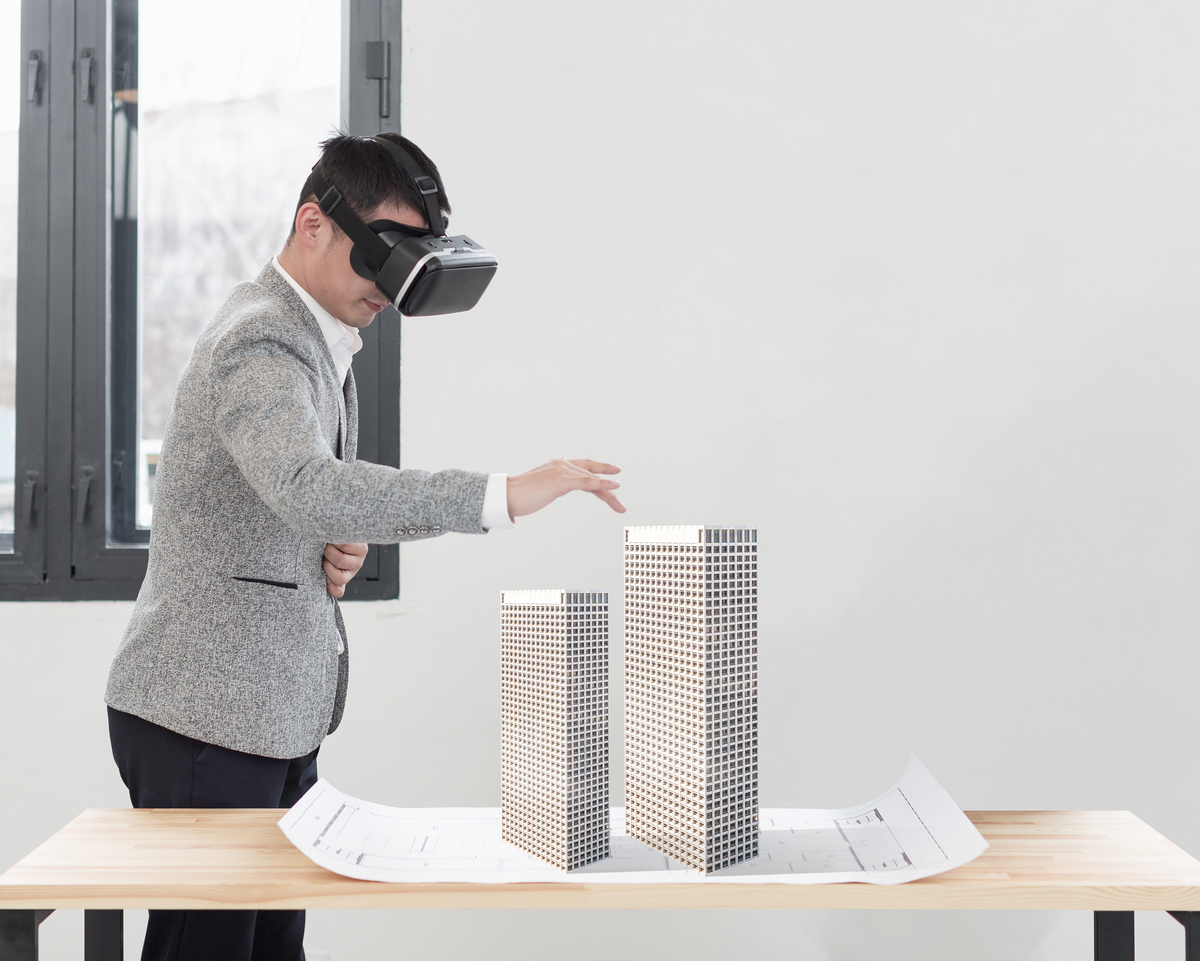
Perceived Benefits of AR Adoption
The ability of AR for Facility Management to reduce costs by streamlining maintenance operations is well-known among modern facility management professionals when it comes to its advantages. The two advantages of an AR integration that are most frequently cited are maintenance automation (49%) and preventative maintenance (45%).
Training and tutorials (38%) come next in close succession. It’s not surprising to see that professionals are keen to replace heavy, out-of-date training manuals with dynamic, real-world experiential training as the FM sector continues to move towards digital transformation. Retail behemoths like Walmart and other industry giants are already well on their way to embracing the advantages of AR training.
AR-Based Product Display in Marketing
AR technology is increasingly used by marketers for product display, enhancing consumer satisfaction, immersion, and attitude. Its interactivity, virtuality, mobility, and location-specificity provide utilitarian and hedonistic benefits. Augmentation highlights the enhanced physical world produced by AR displays, enabling customers to virtually experience products in specific settings and create experiential value.
This example helps showcase the impact of technology adoption in marketing on consumers, focusing on AR technology, self-reference, and perceived objectivity. Three laboratory experiments confirmed these hypotheses. The study suggests that AR technology bridges the gap between virtual and real life, influencing consumers’ attitudes toward AR-displayed products.
Perceived Obstacles to AR Adoption
AR adoption is well underway, but some professionals still see obstacles to implementation. Presented with a list of potential barriers, the primary perceived concern for facility managers is cost: 40% of respondents believe that AR for Facility Management platforms are too expensive to acquire and set up. While this may have been true in the past, the industry has come a long way in making AR affordable.
The costly, custom-built solutions that characterized AR’s early days have given way to scalable solutions as the most popular, high-value use cases are identified. Most AR solutions are now offered on a SaaS basis with variants for all budgets. Even so, some managers also aren’t confident they will be able to support these AR platforms with on-site personnel. 38% of survey respondents see the fact that their companies have no internal position equipped to manage AR solutions to be an issue.
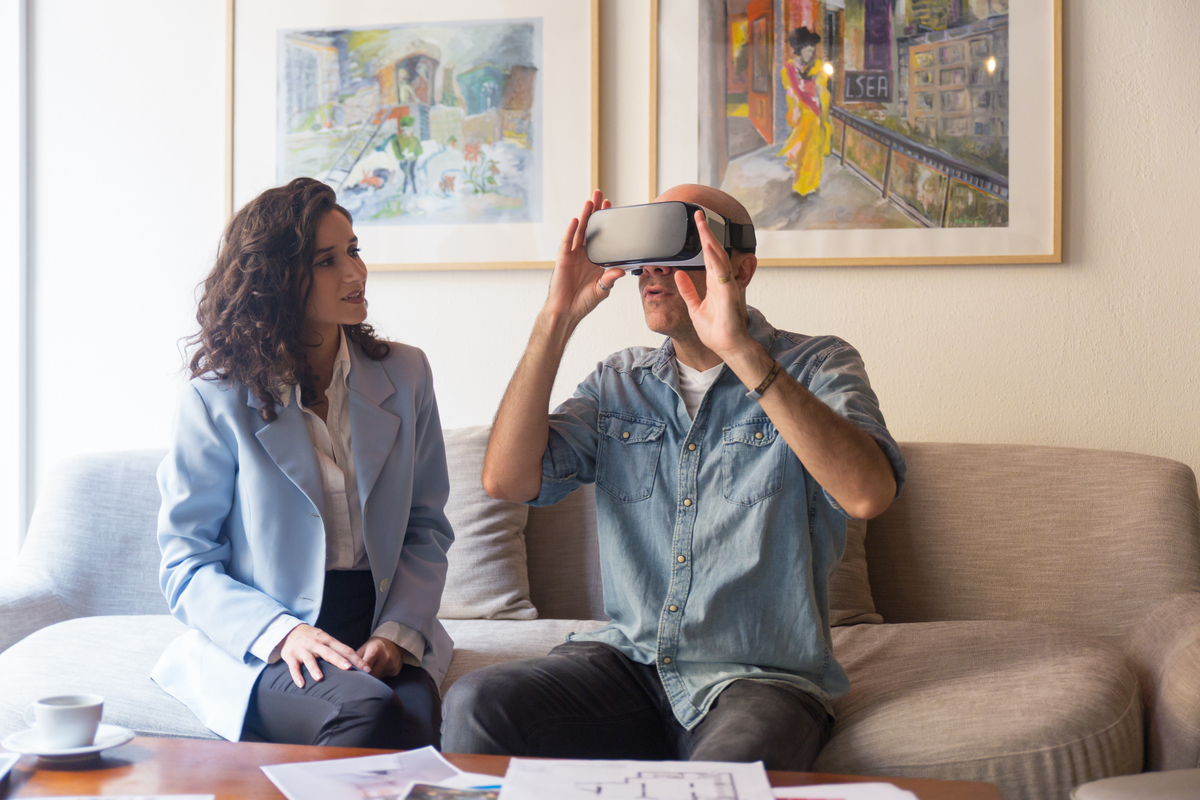
Conclusions
AR for Facility Management has the potential to assist facility management in buildings and civil infrastructure, but spatial registration remains a challenge. This study proposes an image-to-BIM registration approach that uses Cycle GAN style transfer to bridge the gap between virtual and real content and estimate six degree-of-free camera poses using classical photogrammetry theory. A mobile AR application is developed to support facility management, using Unity + Android Studio as the basic technical framework.
Experiments have been conducted to validate the effectiveness of the approach and the AR application. However, the approach faces challenges such as illumination, the deviation between BIM and real scenes, and architectural self-similarities. Previous research has demonstrated the approach’s robustness against varying lighting conditions and physical environment changes.
To overcome these challenges in AR for Facility Management, the approach should be integrated with other sensors like barometers and gyroscopes to reduce ambiguities among indoor spaces with similar designs or layouts. Future research should also address motion tracking and test the approach’s generalizability to different indoor spaces, such as conference rooms and corridors.
Suggested article for reading:
important construction technology in 2024
7 Important Building Technology Ideas for 2024
Resources:
Mobidev | ZDnet | Neerby Engineers | facilitiesnet | GEOweeknews |
For all the pictures: Freepik

